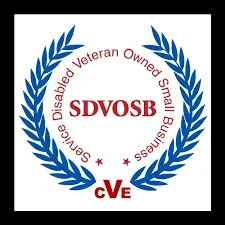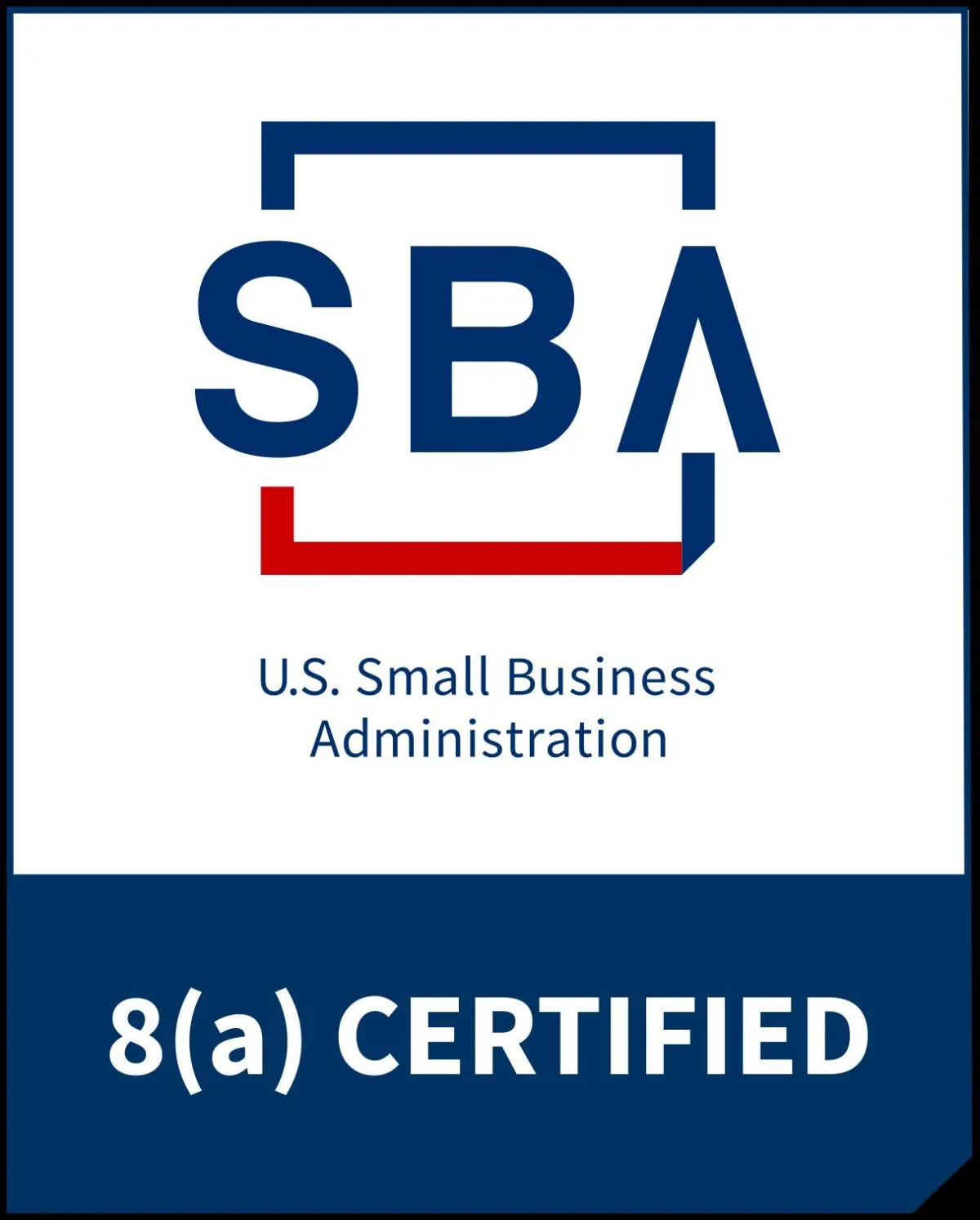Cloud Computing
Cloud Computing
Cloud Computing
Cloud Computing is a broad term for any XaaS (Anything-as-a-Service) including Software-as-a-Service (SaaS), Platform-as-a-Service (PaaS) or Infrastructure/Infrastructure X as X. This includes things like electricity or water, but also for data storage or business applications. XaaS providers include Google Drive, Salesforce’s App Cloud, Microsoft Azure, etc. These services are used by organizations of all sizes who want to take advantage of the cost savings and functionality provided through these popular XaaS providers. XaaS providers typically do not care how or where XaaS is used and therefore often offer these cloud services on a subscription basis.
The cloud model provides access to services via the internet, which are often served from cloud servers operated by third parties. Many of these applications are public and well known – Google Search, Dropbox, etc. Others provide “cloud computing” on an ad hoc basis – leveraging unpaid disk space across large numbers of users through products like Freenet or Vuze. Some implementations have enabled more concrete support for peer-to-peer networking, privacy, security and decentralization has been important, as exemplified by projects such as Tahoe-LAFS, GNUnet and Freenet.
While XaaS provides access to computing power and storage at low rates and without major capital expenditures, XaaS needs should be met with XaaS solutions that take into account security requirements of XaaS users . XaaS solutions give organizations control over what happens with their data on XaaS providers’ systems. XaaS solutions address key XaaS security concerns such as data governance, data protection, disaster recovery (DR), compliance, and more. XaaS solutions allow an XaaS provider’s XaaS customers to access XaaS services in their own private cloud with unique control over the platform where applications are hosted .
Cloud computing has several benefits for organizations that use it:
– Accessibility is made simple through a web browser or mobile device (e.g., Salesforce).
– Ability to scale IT resources quickly without purchasing hardware or software upgrades
– Data storage solution is less complex with there being only one copy of the data rather than multiple copies for backup and recovery (e.g., Google Drive).
A company’s ability to choose XaaS solutions is important as well as choosing the proper XaaS provider like J & J Technology that takes into account security, interoperability, and more.
XaaS can be provided by traditional XaaS providers or you can have a specialized feel from J & J Technology. A private cloud is similar in many ways to public cloud services but gives organizations greater control over security and privacy of data . The of a private cloud allows an XaaS provider to maintain XaaS infrastructure in a XaaS customer’s own data center, but XaaS customers have access to XaaS from the same interface as they might access it from a public cloud XaaS service—they can simply login and get right to business.
Organizations have several options when deciding what type of XaaS they want to implement:
– Hybrid Cloud: a hybrid cloud is a combination of a public and private XaaS— XaaS users typically get XaaS services from both XaaS providers. XaaS users benefit because they still have complete control over the XaaS, but they also get access to XaaS provider’s economies of scale .
– On-premises private cloud: an organization deploys XaaS itself with its own hardware and software in its own data center or other location . An on-premises private cloud is different than a traditional server room because there is usually an outer shell that contains all servers with no discrete boundaries between one another.
– Virtual Private Cloud (VPC): this type of XaaS solution seals off part of an XaaS user’s existing environment into what is called a XaaS VPC. XaaS XaaS users can then access XaaS from the XaaS provider’s interface and get XaaS at lower rates than they would pay to get XaaS on their own .
– Private Cloud: an organization deploys XaaS infrastructure itself through its own hardware and software in its own data center or other location .
XaaS providers offer various levels of services with different price points depending on how much control over the XaaS environment is given to the XaaS customer (e.g., selecting virtual machine images, operating systems, and configurations) and customization that goes into deploying XaaS (e.g., networking setup).
In a business environment, XaaS is another method an organization can use to enhance their processes. XaaS can be provided to employees or external parties like customers/clients that will benefit the business via faster time-to-market (the time needed to bring goods or services into the market), access to better software/hardware, improved security, reduced operational expenses (OPEX) etc. The XaaS model also has benefits for hardware providers like low initial investment which leads to increased competition, XaaS allows for more rapid development cycles which could lead to new innovations (e.g.: iPhone). XaaS also has benefits for software providers like XaaS could decrease vendor lock-in, XaaS makes application deployment easier which meslider-logosans XaaS increases the size of X’s market (i.e.: more users), X’s revenue should increase because there is less competition in the X market (ex: less companies offering SaaS) and X can charge lower prices for X since they lack economies of scale.


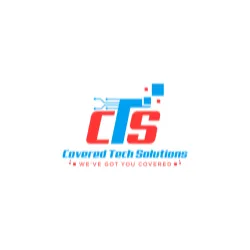
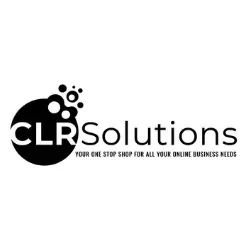
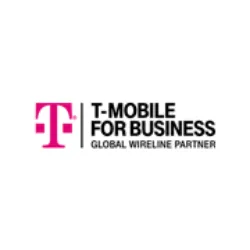

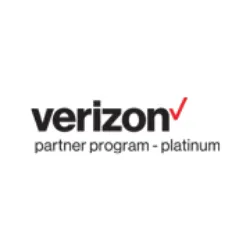
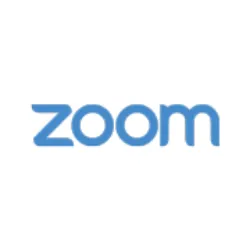
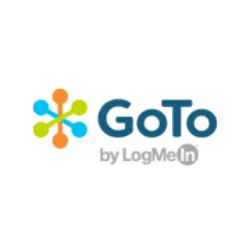
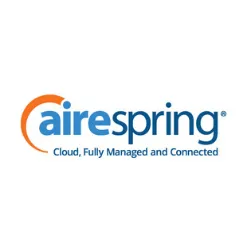
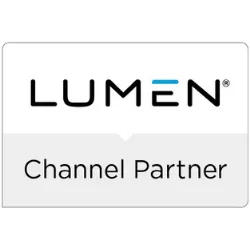
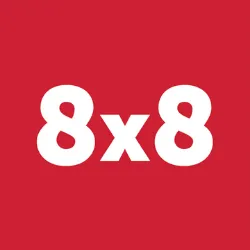













For most businesses in this new age of technology, having an online presence is vital. In addition to businesses having to worry about securing their physical facilities;
Copyright © 2025 J & J Technology Solutions. All Rights Reserved. Powered by CLR Solutions


Copyright © 2021 J & J Technology Solutions. All Rights Reserved. Powered by CLR Solutions










